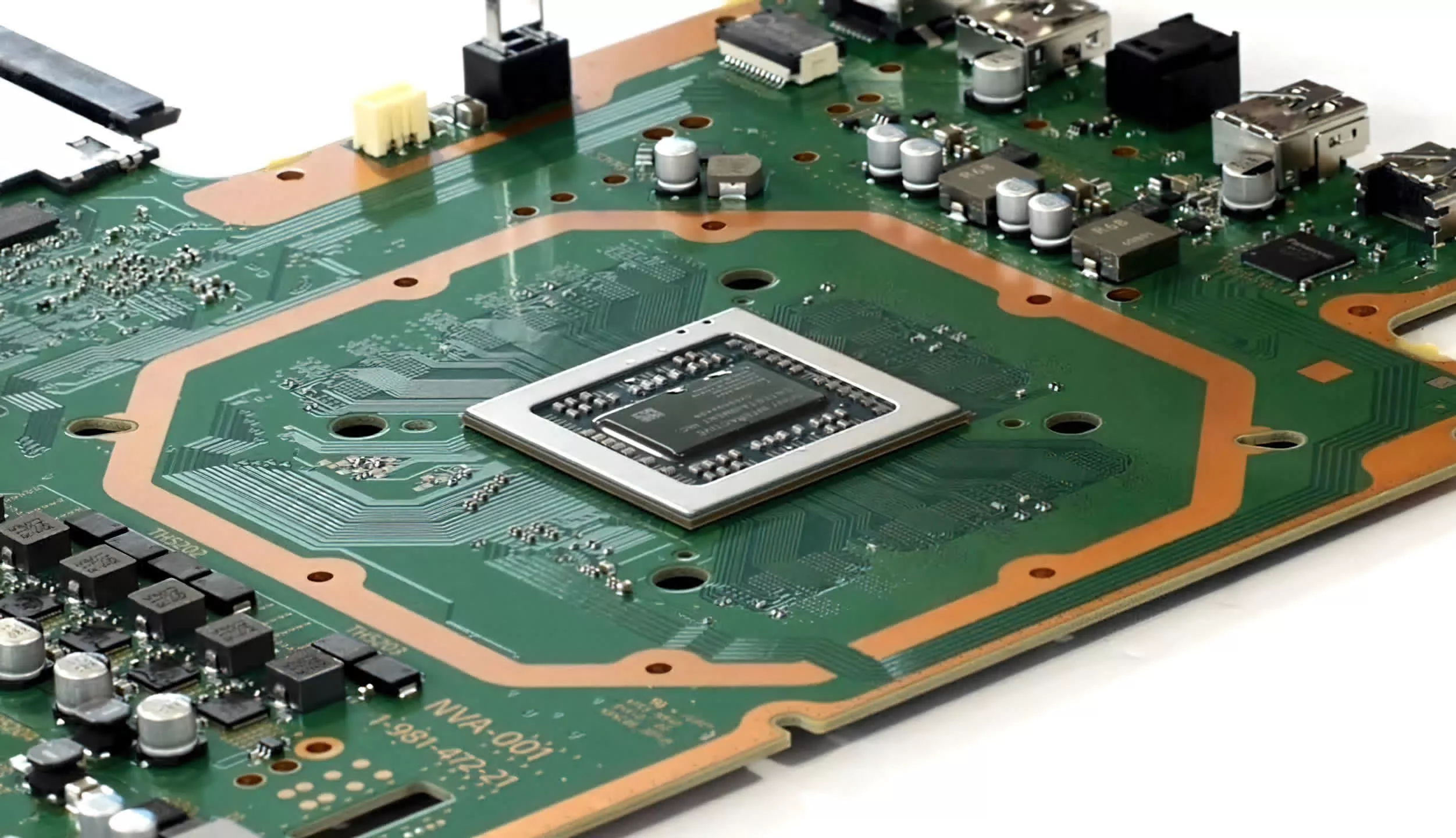Tech News
Sony: PS5 Pro uses next-gen AMD ray tracing tech (likely RDNA 4)

Improved Ray Tracing Performance on Sony’s PlayStation 5 Pro
Something to look forward to: Sony’s newly unveiled PlayStation 5 Pro console promises enhanced ray tracing performance, a key benefit for gamers. Rumors prior to its release hinted at the integration of ray tracing technology based on AMD’s upcoming RDNA 4 GPU architecture. Recent statements from PlayStation designer Mark Cerny have further fueled these speculations.
In a recent interview with CNET, Mark Cerny confirmed that the PlayStation 5 Pro’s ray tracing capabilities are built on a unique architecture not yet seen in AMD’s PC graphics cards. While not explicitly naming RDNA 4, all signs point to this next-generation technology.
Cerny elaborated that the PS5 Pro will utilize cutting-edge ray tracing features developed by AMD for their future GPU roadmap. Reports suggest that the forthcoming RDNA 4 GPUs, slated for a 2025 launch, will offer significant advancements in ray tracing performance compared to previous iterations, including the RDNA 3 and RDNA 2 chips found in the original PlayStation 5 and Xbox Series consoles.
While AMD GPUs have matched Nvidia in traditional rasterized lighting, they have fallen short in ray tracing capabilities. For example, in games like Black Myth: Wukong, where ray tracing plays a crucial role, AMD’s top-tier Radeon RX 7900 XTX lags behind Nvidia’s GeForce RTX 4060 Ti in performance. However, without ray tracing, the 7900 XTX outperforms Nvidia’s RTX 4080, showcasing AMD’s strengths in other areas.
AMD’s limitations in ray tracing are evident in console games like Cyberpunk 2077 and Alan Wake 2 on the PS5, where only basic ray tracing features are utilized. The upcoming PS5 Pro is expected to bridge this gap by supporting more advanced ray tracing features or improving frame rates for ray tracing-enabled games.
Leaked information suggests that RDNA 4 will introduce “Ray Tracing Tri Pair Optimization,” potentially doubling the number of dedicated RT units or enhancing ray-triangle intersection calculations. Further optimizations in Bounding Volume Hierarchy could also boost performance.
Despite these advancements, AMD’s next GPU generation will focus on mid-range and mainstream cards, allowing Nvidia’s high-end RTX 5080 and 5090 to dominate the top-tier market. The competition between AMD, Nvidia, and Intel’s Arc Battlemage is set to heat up in early 2025 with the launch of these new GPU lineups.
-

 Destination8 months ago
Destination8 months agoSingapore Airlines CEO set to join board of Air India, BA News, BA
-

 Breaking News10 months ago
Breaking News10 months agoCroatia to reintroduce compulsory military draft as regional tensions soar
-

 Tech News12 months ago
Tech News12 months agoBangladeshi police agents accused of selling citizens’ personal information on Telegram
-

 Gadgets3 months ago
Gadgets3 months agoSupernatural Season 16 Revival News, Cast, Plot and Release Date
-

 Productivity11 months ago
Productivity11 months agoHow Your Contact Center Can Become A Customer Engagement Center
-

 Gadgets3 weeks ago
Gadgets3 weeks agoFallout Season 2 Potential Release Date, Cast, Plot and News
-

 Breaking News10 months ago
Breaking News10 months agoBangladesh crisis: Refaat Ahmed sworn in as Bangladesh’s new chief justice
-

 Toys12 months ago
Toys12 months ago15 of the Best Trike & Tricycles Mums Recommend





















